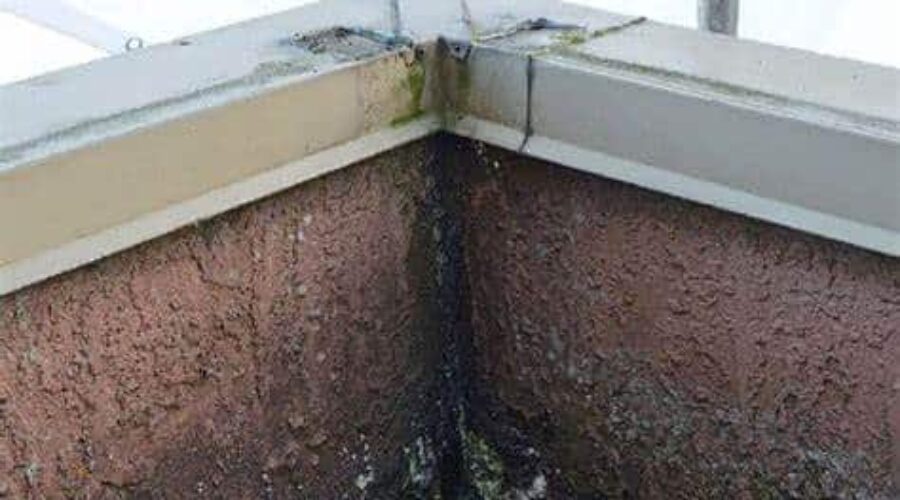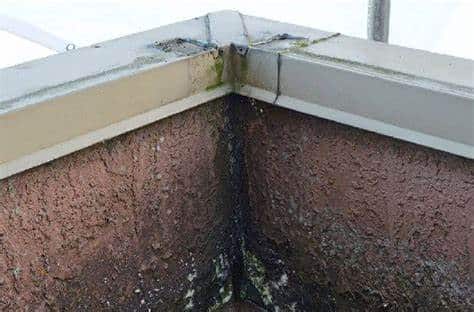
How To Detect A Leak In Your Balcony In San Diego?
A leaky balcony can be a homeowner’s nightmare. Not only can it cause structural damage to your home, but it can also lead to health hazards such as mold and mildew growth. Detecting a balcony leak early is crucial to prevent costly repairs and ensure your living space remains safe and comfortable. In this article, we will explore three effective ways to detect a leak in your balcony and provide answers to some frequently asked questions related to this issue.
-
Visual Inspection
The simplest and often the first step in detecting a balcony leak is through a visual inspection. Look for the following signs:
Water Stains: Check the ceiling inside your home, especially in the area below the balcony. Water stains or discoloration are clear indicators of a potential leak. These stains can be either brown or yellowish, and they may appear in a drip-like pattern.
Cracks and Gaps: Inspect the balcony’s flooring, walls, and railings for cracks, gaps, or deteriorating materials. Even small cracks can allow water to seep through and cause damage over time.
Peeling Paint or Wallpaper: If you notice peeling paint or wallpaper on the walls near the balcony, it could be a sign of water damage. Moisture can weaken the adhesive and cause these coverings to detach.
Warped or Buckled Flooring: Balcony flooring that is warped or buckled is a clear sign of water damage. It indicates that water has penetrated the surface and caused it to swell or warp.
Mold and Mildew Growth: Mold and mildew thrive in damp environments. If you spot any mold or mildew on the balcony’s surface or nearby walls, it’s a strong indicator of a leak. These fungi not only damage your property but can also pose health risks.
-
Water Testing
To pinpoint the source of a balcony leak, you can perform a water test. Here’s how to do it:
Clear the Balcony: Remove all furniture, plants, and other items from the balcony to ensure an unobstructed view of the floor.
Create a Dam: Use plastic sheeting or towels to create a dam around the perimeter of the balcony. This will prevent water from escaping.
Pour Water: Slowly pour water along the edges of the balcony, starting at the exterior wall and moving towards the railing. Pay close attention to any areas where you suspect a leak.
Observe for Leaks: Watch for any signs of water infiltration. If there’s a leak, you should see water seeping through cracks or gaps. Keep in mind that the source of the leak may not be directly above where you see water; water can travel along surfaces before dripping down.
-
Professional Inspection
If you are unable to identify the source of the leak through visual inspection or water testing, it’s advisable to seek professional help. A qualified contractor or building inspector can perform a thorough examination of your balcony. They may use specialized equipment such as infrared cameras to detect hidden moisture or leaks that are not visible to the naked eye. Professional inspections are especially important if you suspect that the balcony’s waterproofing membrane is compromised, as this requires expertise to assess and repair.
FAQs
How Can I Prevent Balcony Leaks In The First Place?
Preventing balcony leaks involves regular maintenance. Ensure that the balcony’s waterproofing is intact, fix any cracks or gaps promptly, and keep the drainage system clear of debris. Regularly inspect the balcony for signs of wear and tear.
Can I Repair A Balcony Leak Myself?
Small cracks and gaps can be patched up with sealants, but it’s essential to identify the root cause of the leak first. For more significant issues or if you’re uncertain, it’s best to consult a professional to avoid making the problem worse.
Are Balcony Leaks Covered By Home Insurance?
The coverage for balcony leaks can vary depending on your insurance policy and the cause of the leak. Some policies may cover water damage caused by sudden events like a burst pipe, while gradual leaks due to wear and tear may not be covered. Review your policy and consult with your insurance provider for clarity.
Conclusion
Call 1st Response Leak Detection at (619) 374-8554 right away to set up an interactive consultation with one of our experts.
Call the experts of 1st Response Leak Detection at (619) 374-8554 to avail of our leak detection services in San Diego, CA.



